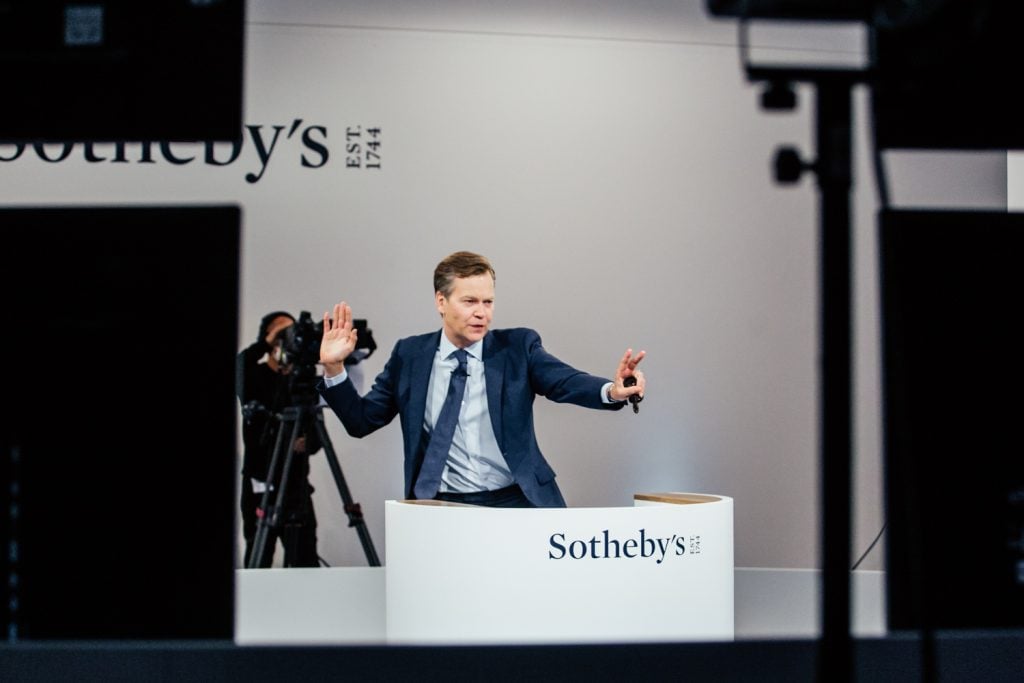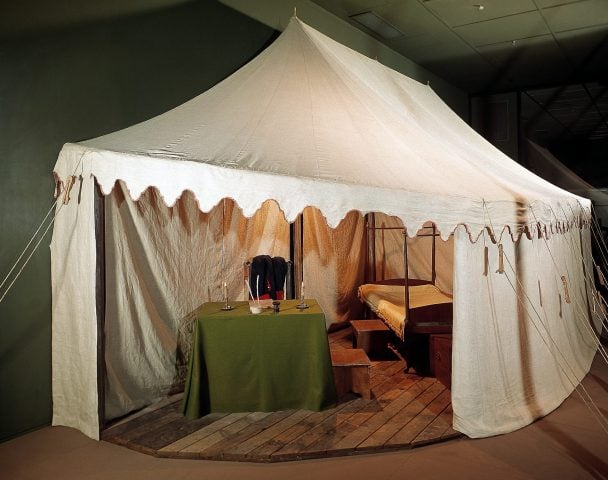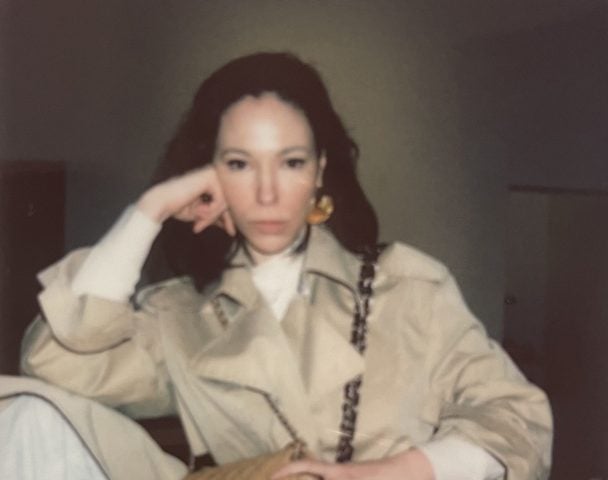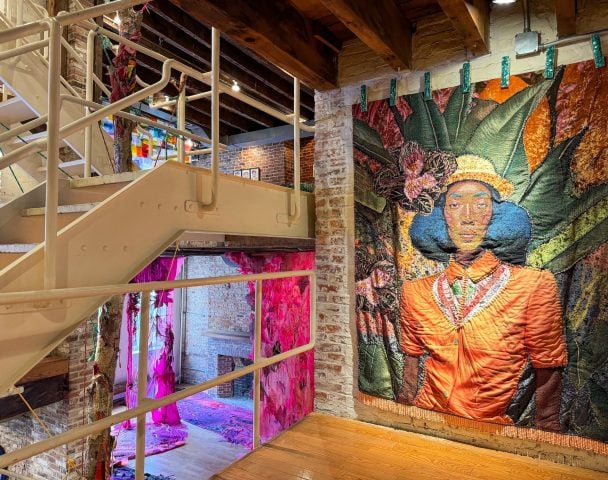It could have been worse.
This morning, Sotheby’s announced its results for the year to date in 2020. The auction house reports that its total sales were $2.5 billion, down 25.3 percent from the equivalent period in 2019, when it generated $3.3 billion.
The considerable contraction is is not as catastrophic as some feared when the house was forced to close down its offices worldwide in the middle of March and reschedule or move online scores of auctions. When the pandemic first hit the United States in the spring, Sotheby’s laid off or furloughed hundreds of workers, equivalent to more than 10 percent of its staff.
(Notably, to accommodate the rescheduled spring sales, Sotheby’s opted to release results from January 1 through July 31, 2020, rather than the first six months of the year.)
“The art and luxury markets have proven to be incredibly resilient, and demand for quality across categories is unabated,” said Charles Stewart, Sotheby’s CEO, in a statement. “And although driven by necessity, it’s clear that our clients’ interest and confidence in technology has fundamentally changed.”
Sotheby’s total includes $1.9 billion in auction and online sales (down 30.4 percent from 2019), as well as $575 million in private sales (down 1.5 percent).
The hardiest segment of the market appears to be in Asia, where Sotheby’s has sold nearly $450 million worth of art and other objects this year. And while it remains to be seen whether Beijing’s new national security law will hamper the market in Hong Kong, nearly 20 percent of the house’s new bidders and buyers in 2020 hailed from Asia.
The house also boasted that its buyers are getting younger, a trend that may be explained in part by Sotheby’s dramatic shift online, as well as its expansion into new collecting categories like sneakers and watches. More than 30 percent of all bidders and buyers this year were under 40, it said.
Traditional auctions remain the venue for the highest-value transactions (though these were converted into hybrid in-person livestreamed sales this past season). Christie’s rescheduled summer evening sale, ONE, pulled in $421 million, while Sotheby’s generated $363 million. The sales were considered the most public, high-stakes test of the lockdown era’s art market.
But Sotheby’s, which began investing big in digital infrastructure under its previous CEO Tad Smith, was better prepared to convert to a virtual-only auction era during the height of the shutdown. Its online-only sales grew 540 percent in the first seven months of 2020 (compared to the same period in 2019), raising more than $285 million.
Private sales, another area of the market that benefitted from the suspension of a traditional auction and art-fair calendar, did not see quite the same growth at Sotheby’s. The house reported $540 million in private sales, down 1.5 percent from 2019. The most-traded artists, the house reported, were Andy Warhol, Yoshitomo Nara, Eddie Martinez, Sam Francis, and Ed Ruscha.
Follow Artnet News on Facebook:
Want to stay ahead of the art world? Subscribe to our newsletter to get the breaking news, eye-opening interviews, and incisive critical takes that drive the conversation forward.






